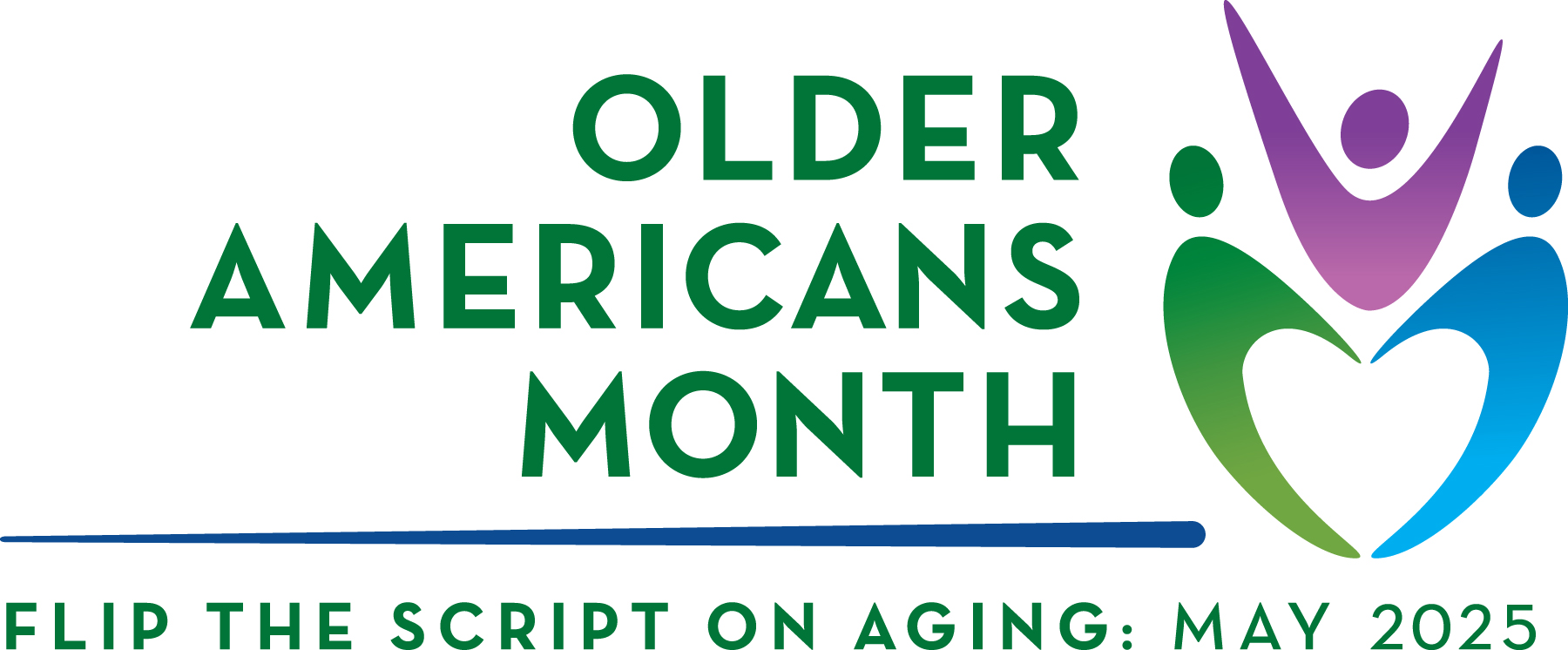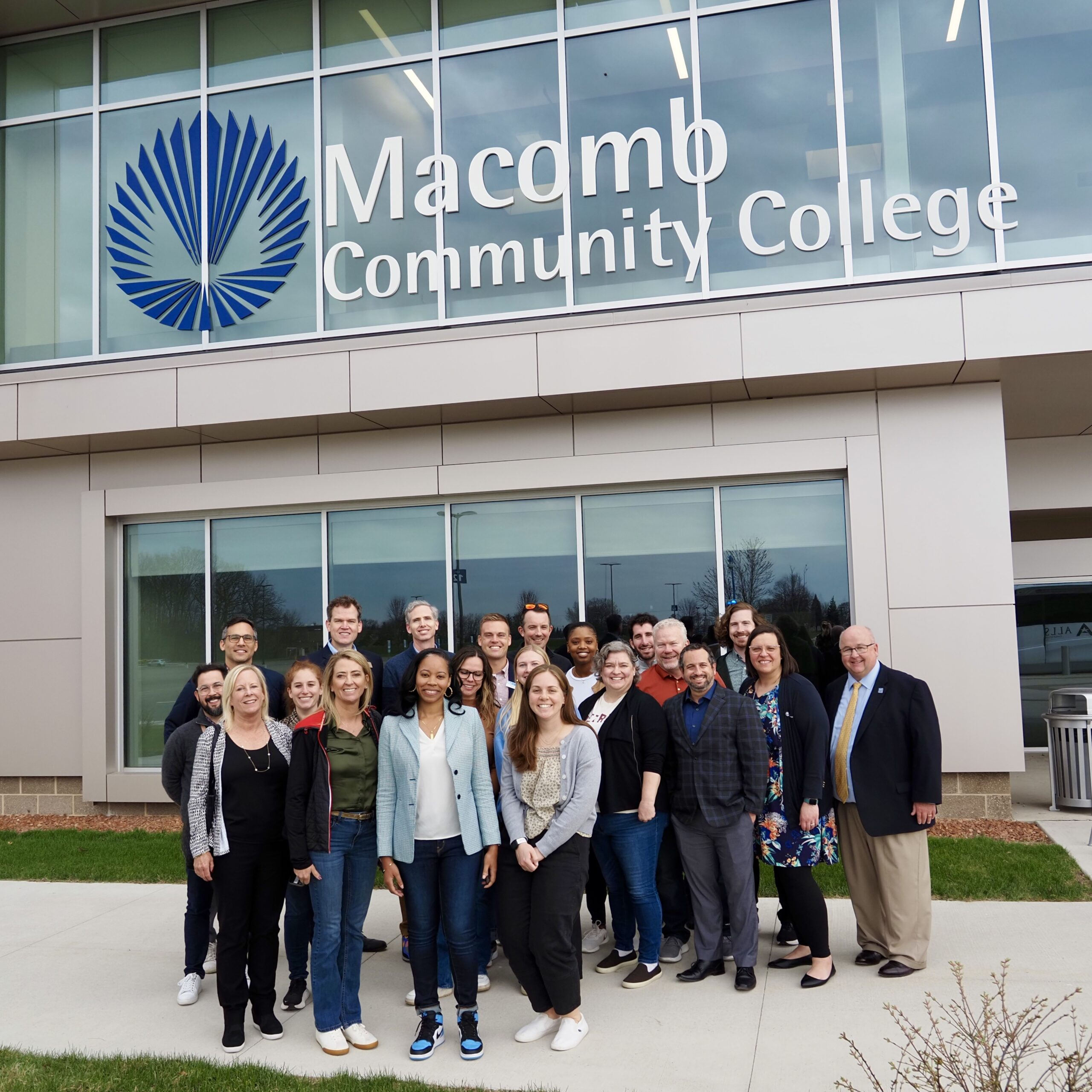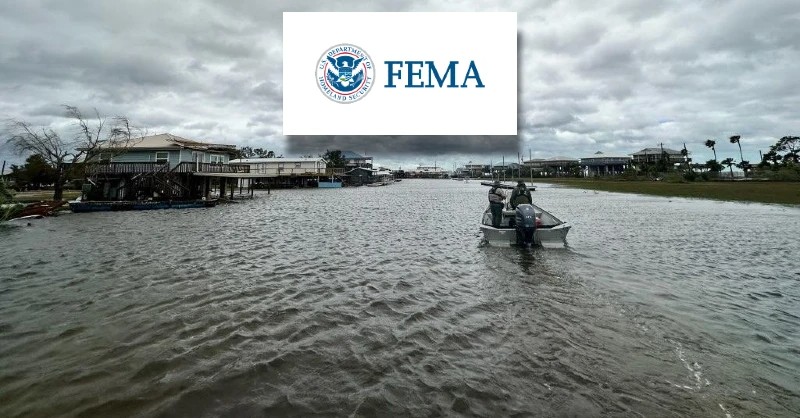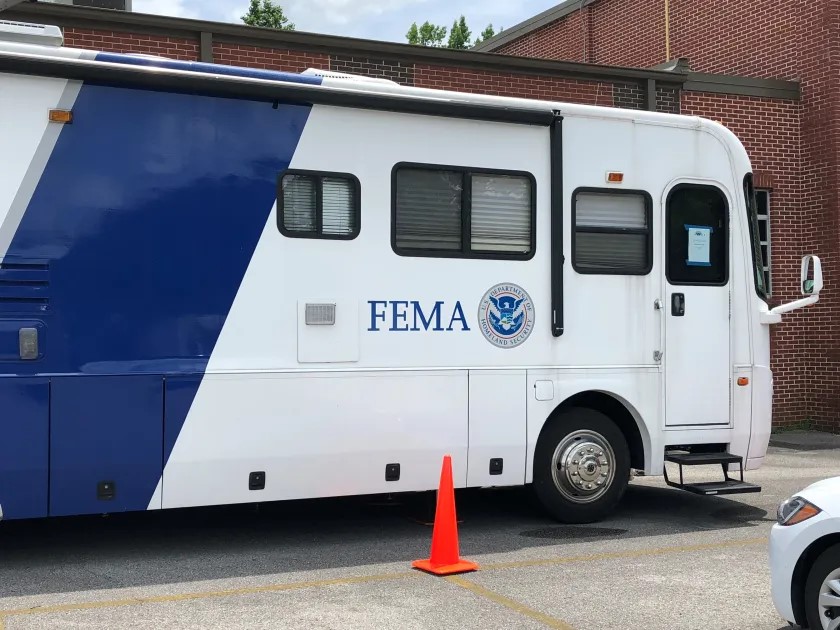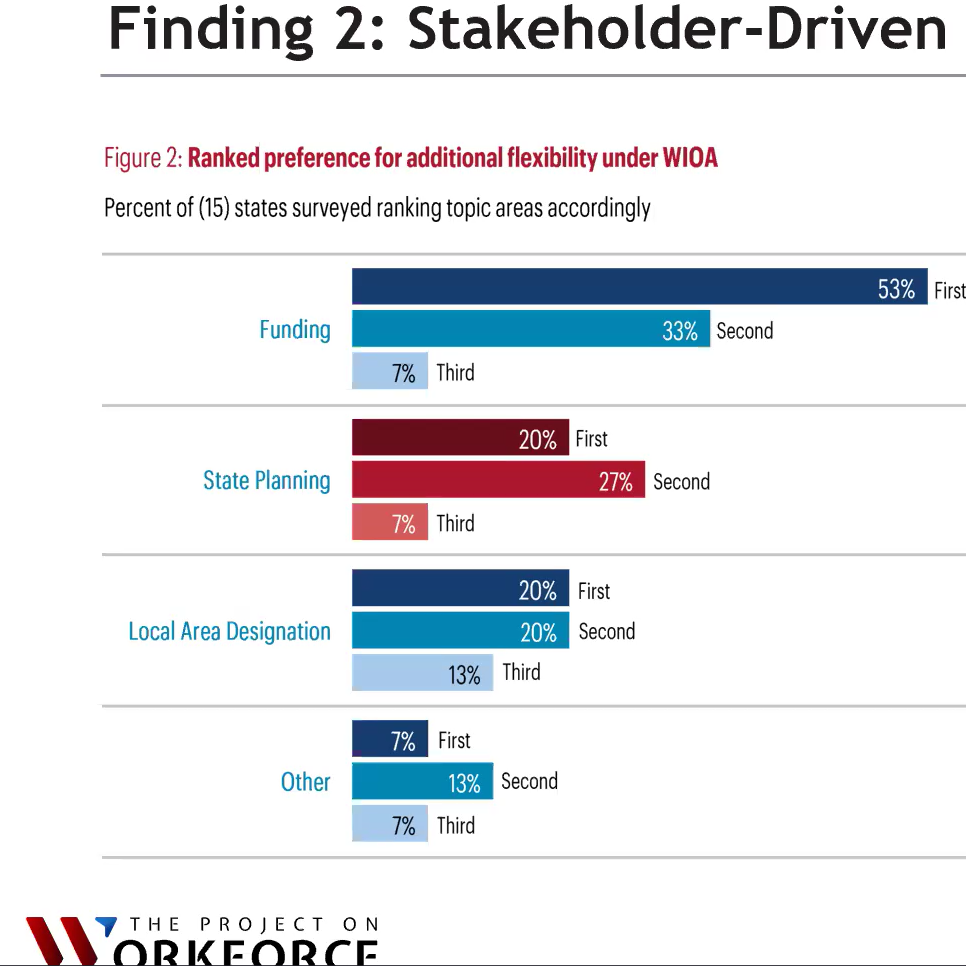The coronavirus may be the most critical challenge of 2020, but there are a number of other important issues Governors have addressed this year.
Timothy Blute | Director, NGA Center For Best Practices
The COVID-19 pandemic has demonstrated the leadership of Governors across the country and their dramatic efforts to protect public health and safety. The coronavirus may be the most critical challenge of 2020, but there are a number of other important issues Governors have addressed this year. Their collaborative approach to finding bipartisan solutions for these issues are covered in several NGA publications that are available online.
Here are twelve of our most popular* non-coronavirus NGA publications of 2020 ordered by date of publication. You can find all NGA publications here, and please visit our COVID-19 updates page for NGA’s coronavirus materials.
*as determined by views on nga.org
STRONGER TOGETHER: State And Local Cybersecurity Collaboration
This publication outlines promising programs that states have initiated to enhance collaboration with their local government counterparts for cyber resilience. It also provides high-level recommendations for state officials looking to strengthen partnerships with local government officials on cybersecurity. At a minimum, increased engagement can provide a more accurate threat picture to enhance state and local governments’ cyber posture.
How Governors Scale High-Quality Youth Apprenticeship
Today, it is critical that young people obtain at least some training beyond high school to succeed in the job market. That’s why governors are considering youth apprenticeship to connect more young people to career paths at an earlier age, while at the same time filling businesses’ unmet workforce needs. This white paper explores three strategies that governors can use to expand youth apprenticeship.
The Governor’s Guide To Public Health Preparedness
This guide serves as a primer on public health preparedness, detailing current strategies, available resources and existing partnerships that may help policymakers bridge the gap between the disciplines of public safety and public health. By doing so, governors can develop a stronger cooperative network for emergency response and provide their states with a safe and healthy future.
Planning For State Transportation Revenue In A Coming Era Of Electric Vehicles
This paper examines a variety of funding methods in an era of increased electrification of the transportation sector. In addition, it highlights best practices from across the country. This document is intended to help states develop a comprehensive approach for addressing long-term transportation infrastructure needs that avoids dampening EV sales while simultaneously encouraging EV adoption through other programs and incentives.
Reimagining Workforce Policy In The Age Of Disruption
Emerging technologies are rapidly shifting expectations of workers. Leaders around the globe are adapting to these global forces. Future Workforce Now was launched to assess the impacts of technological disruptions on work, workers and workplaces and their implications for state policy. This guide offers governors and state policymakers a comprehensive toolkit for building a technologically resilient workforce ready to thrive in an evolving economy.
Expanding Access To Non-Opioid Management Of Chronic Pain
The CDC estimates that 70,980 Americans died of a drug-related overdose in 2019, an increase of 4.6% compared to 2018. At the same time, nearly 100 million Americans experience chronic pain and are often prescribed opioid painkillers. This report synthesizes the existing evidence base for non-opioid therapies, examines Medicaid coverage policies, and identifies barriers and opportunities for scaling evidence-based integrated pain management delivery systems.
State Resilience Assessment And Planning Tool
The Center for Best Practices’ State Resilience Assessment and Planning Tool (SRAP Tool) was created to help Governors and their staffs assess state resilience, identify gaps, and plan for natural and man-made disasters. The tool and related efforts build upon the experiences of states and community leaders around the U.S. and globally, who have been developing various strategies to assess and improve resilience under projects such as 100 Resilient Cities, the United Nation’s Ten Essentials, and others.
Governors Leading On Energy Transitions: An Overview Of State Energy Goals
Governors are leading on incentivizing and investing in clean energy. This paper provides an overview of current Governor leadership on advancing clean energy. It provides a background on recent Governors’ actions ahead of a workshop that NGA will be hosting this fall that will help Governors’ energy advisors and other state energy policymakers explore, develop, and refine strategies to achieve their energy goals.
Registered Apprenticeship Reimagined
Registered apprenticeship has traditionally experienced the most popularity in the skilled trades, and for several years was utilized at low and declining rates across the United States. Interest in expanding the use of registered apprenticeship began to increase as major successes using the model were observed in countries such as Britain and Switzerland, as well as in leading states such as South Carolina. This report includes strategies and examples of best practices that led to measurable results and attainment of grantees’ American Apprenticeship Initiative project goals.
Governor Strategies To Expand Affordable Broadband Access
Expanding broadband access and increasing affordability have been top policy priorities for Governors. As the necessity of internet access has rapidly grown over the past three decades, states have established and modified a variety of best practices to increase the deployment of broadband infrastructure. The strategies laid out in this paper demonstrate how Governors are tackling challenges and the emerging best practices for expanding affordable broadband access.
Informing Health Care Workforce Policy By Leveraging Data: A Toolkit For States
Ensuring an adequately trained and well-distributed health workforce is critical to maintaining the health and well-being of the population. This toolkit 1) describes how health care workforce data can be used to address questions regarding access to care, 2) provides a series of considerations for states to improve their health care workforce data collection, and 3) presents examples of states that have leveraged data effectively to inform policy.
The Future Of State Telehealth Policy
This paper summarizes the types of telehealth policy flexibilities provided by states and the federal government during the COVID-19 pandemic and longer-term considerations for Governors regarding the impact of such policies on care delivery and payment with the goal of helping policymakers assess the appropriateness of policy permanence beyond the pandemic.

